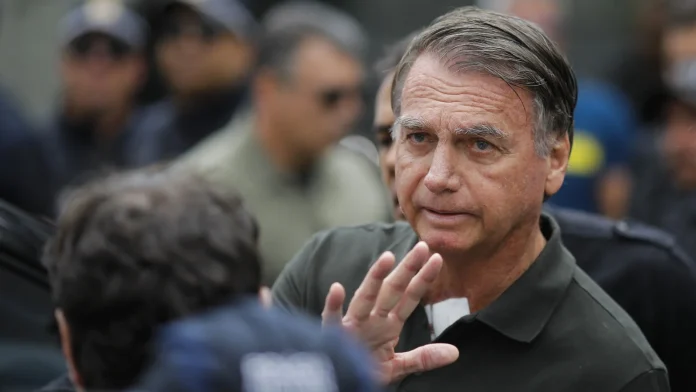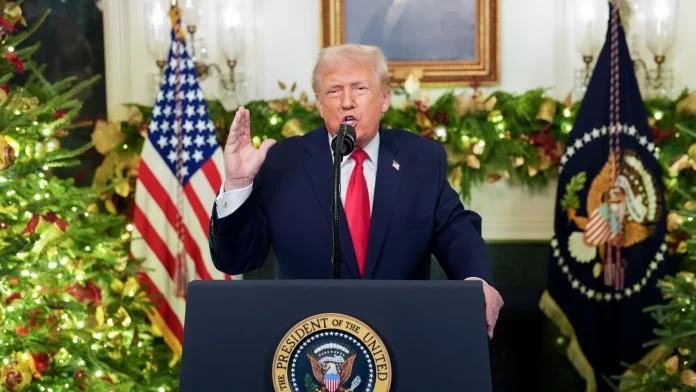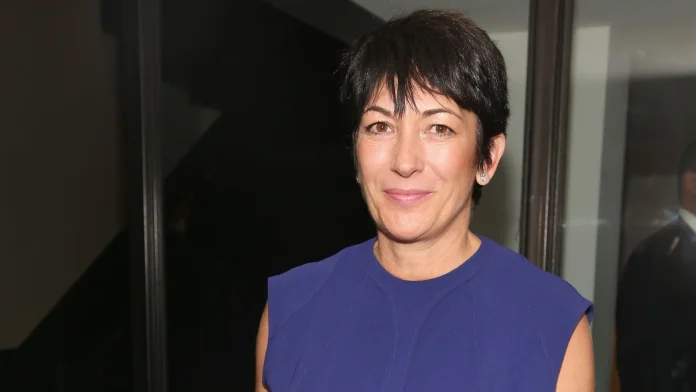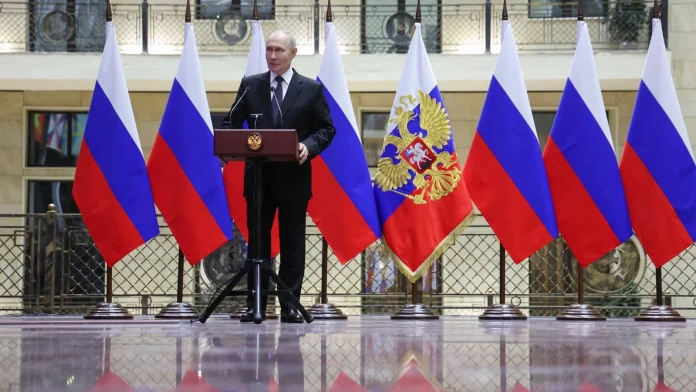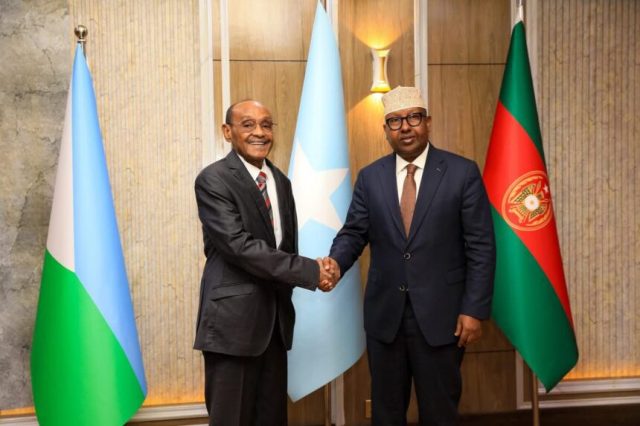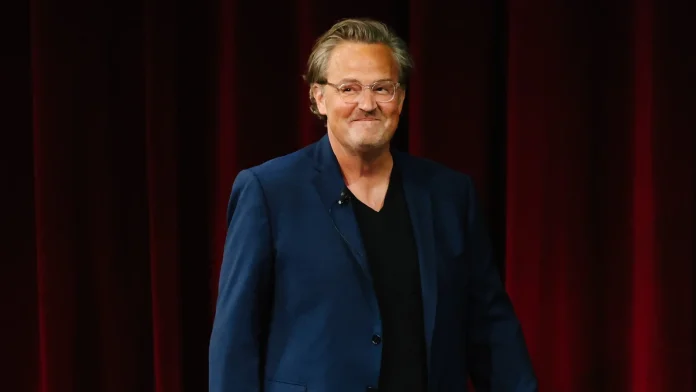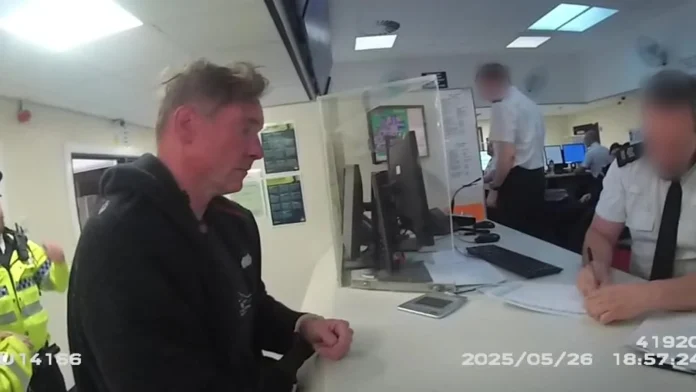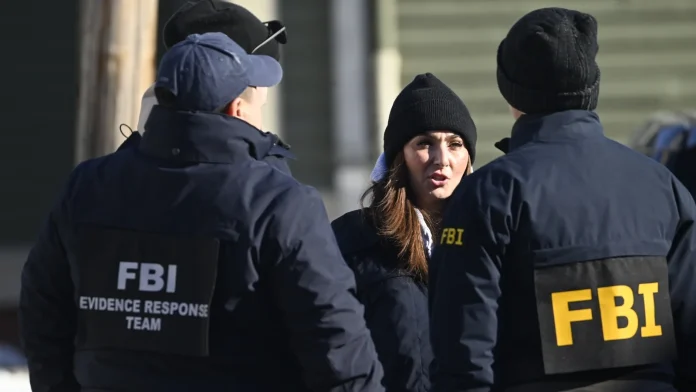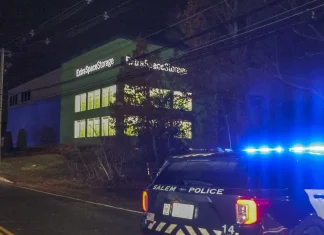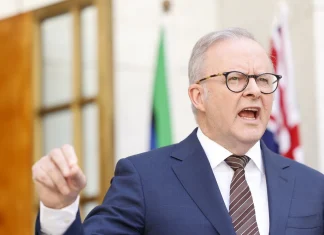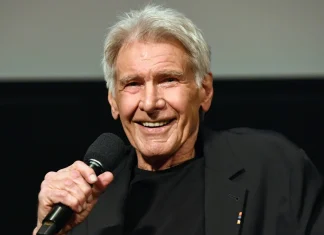When the Vote Shifts the Ground: Brazil, Bolsonaro and a Law That Feels Like a Tremor
On a rain-thinned Sunday in Brasília, the usual modernist silence of the capital’s concrete avenues was ruptured by chants and the crumpled rustle of protest signs. The Senate had just approved a bill that, on paper, could shorten the prison time of Jair Bolsonaro — the polarizing former president now serving a 27-year sentence for his role in a plot to block his 2022 election loss.
It was not merely another parliamentary skirmish. For many Brazilians, it felt like a moral hinge swinging in a country already split into two skidding halves. “It’s not about one man,” said Mariana Lopes, a teacher who had come to the Praça dos Três Poderes with a hand-made banner. “It’s about whether our institutions bend when pressure is applied.”
What the Bill Does — and Why It Matters
The measure changes how certain sentences are calculated, and that procedural tweak could be revolutionary for Bolsonaro. Under the prison rules in force when his sentence began last November, the ex-president would likely have to serve at least eight years before becoming eligible for a more lenient regime. The new wording could see him eligible for leniency after a little over two years — a dramatic contraction.
The Senate vote was decisive: 48 in favor, 25 opposed. The bill had already cleared the lower house the week before and now lands on President Luiz Inácio Lula da Silva’s desk, where a veto is expected. But the story is far from over. Congress can override such a veto, and in a legislature where backroom negotiations are as familiar as afternoon espresso, nothing is permanent until the dust truly settles.
Numbers and faces
Bolsonaro, 70, began his jail term last November and his conviction relates to an alleged scheme to stop Lula from taking office after the razor-thin 2022 election. Prosecutors say the plot even encompassed plans to target Lula, his vice-president Geraldo Alckmin and Supreme Court Justice Alexandre de Moraes — a charge that shocked many and crystallized the stakes of the rule of law.
More than a hundred of Bolsonaro’s supporters remain imprisoned for their roles in the January 2023 sacking of government buildings in Brasília — a violent, historic assault that drew headlines around the world. The bill’s sponsors framed the measure narrowly; amendments were introduced in the Senate to restrict its reach, focusing on those jailed for events tied to that post-election unrest.
Why this sweep of legislation moved so fast
To the casual observer, the bill’s trajectory looked dizzying: hurried passage through a conservative-dominated lower chamber, then swift approval in a Senate that’s normally more evenly balanced. Behind that speed is a story of political calculation. Allies of Bolsonaro in Congress had spent months seeking various forms of clemency or legislative relief. For Bolsonaro’s coalition, whose eyes are already on the 2026 election cycle, the calculus is both political and existential.
“We’re talking about reconciling a broken country,” said Deputy Paulinho da Força, the bill’s architect, describing it as a “gesture of reconciliation” in a polarized Brazil. Opposition lawmakers saw something else: a bargain struck in corridors and committee rooms, votes traded like currency.
Centrist Senator Renan Calheiros, who walked out of the Senate session, called the vote a “farce,” accusing government allies of allowing the measure to pass in exchange for backing a separate budget initiative. His exit was theatrical — but it speaks to a deeper anxiety: are laws being made for the public good, or to grease the wheels of political survival?
On the streets: an anxious, noisy democracy
At the demonstration outside the National Congress, protesters were a mosaic of agitation. Some were elderly, veterans of earlier protests in Brazil’s tumultuous decades; some were students in bright hoodies, others small-business owners whose shops had shuttered during the pandemic.
“No amnesty,” chanted the crowds. “Congress, enemy of the people,” declared a banner fluttering in the wind. A street vendor selling coxinhas and cold Guaraná set down his tray to applaud when a speaker urged citizens to keep up the pressure.
“We can’t let memory be short,” said João, a local grocer who asked that his last name not be used. “If laws can be changed in the middle of the night to help one person, what keeps them from changing again?”
Voices from the other side
On the flip side of the city, another kind of solidarity quietly gathered. Supporters of Bolsonaro, many still fervently loyal, argued the bill was an act of justice — or at least mercy. Senator Flávio Bolsonaro, anointed by his father as the prospective standard-bearer of the right for 2026, urged the upper chamber to “address this issue once and for all,” a plea that resonated in pro-Bolsonaro circles.
“This isn’t about impunity,” claimed a legal adviser allied with the former president. “It’s about technical fairness in sentencing.” Whether that technicality should apply to such politically charged convictions, however, remains fiercely contested.
The legal and global context
Brazil’s legal system is no island. Around the world, democratic societies wrestle with how to handle populist leaders once they fall. How do courts ensure justice without appearing partisan? How do legislatures legislate without seeming to protect the powerful? These are not just Brazilian questions.
Professor Ana Ribeiro, a constitutional law scholar at the University of São Paulo, told me: “What we’re seeing is the collision of legal formality and political reality. The letter of law can be amended; the spirit of institutions is harder to restore.”
Her words point to a broader truth: rule of law rests on more than statutes. It requires public confidence, consistent application, and a sense that consequences are not negotiable depending on who occupies power.
What happens next — and why you should care
President Lula has vowed to veto the bill. “He must pay,” he said, reiterating a stance that puts him directly at odds with the measure’s supporters. Should he follow through, the battle moves into a new phase: a potential congressional override, legal challenges, and perhaps more protests.
For Brazilians — and for observers abroad — the outcome will reverberate. Will a narrowly targeted legislative fix be viewed as a technical correction, or as an act that corrodes the moral authority of the justice system? Will this moment consolidate new political arrangements ahead of the next presidential election, or will it deepen the fractures that have made Brazil’s politics so combustible?
Ask yourself: how should democracies balance mercy and accountability when the stakes are this high? And when laws can be rewritten, who gets to decide the meaning of justice?
Closing: a country in the middle of a long conversation
Brazil is not a country that resolves its conflicts quietly. It negotiates them—noisily, passionately, publicly. Streets become forums; plazas become stages. The bill to reduce sentences for Bolsonaro’s class of convictions may yet be a footnote, a vetoed oddity in the legislative record. Or it may become a symbol — of political bargaining, of institutional fragility, of the lengths to which factions will go to protect their own.
Whatever happens, one thing is clear: Brazilians are watching, speaking, and taking to the streets in numbers that will not easily be ignored. Democracy, after all, is not only about laws. It is about stories, memory, and the stubborn belief that public life should be governed by rules that apply to all — not bent to benefit a few.


